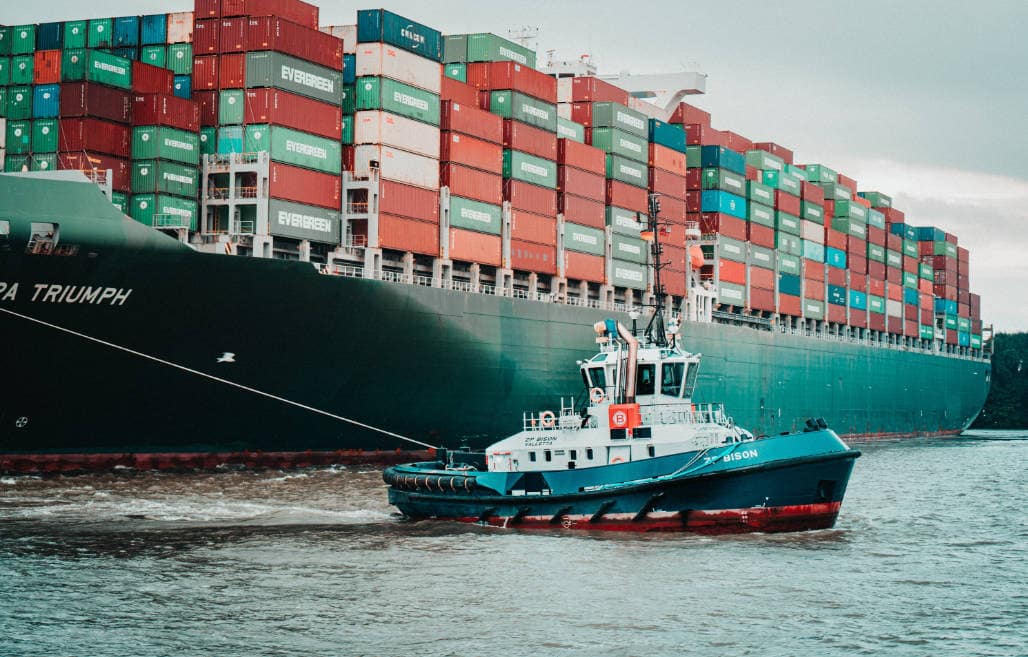WP Minute producer Dave Rodenbaugh of Recapture.io discusses what the supply chain issue is with eCommerce and why it is still an issue.
The US imports over 41% of its consumer goods from China and these imports come in through two ports – Long Beach, CA or Los Angeles, CA. During COVID people were buying online at a skyrocketing rate and those goods were coming in containers and unloaded. However, there was already a shortage of truck drivers and port workers and with the pandemic this problem has escalated. This means that containers stacked up at the ports and ships waited in the harbor. Today, that record is 96 ships waiting.
To address this issue, local laws have been modified to allow containers to be stacked higher, but they are not moving quickly enough. About 80,000 jobs are still open and that’s why items are still not moving. For example, cars and car parts are sitting in containers and can’t get to where they are needed.
According to Bloomberg from December 4th the average waiting time for a ship to be unloaded is 20.8 days! It used to be 6 days – pre pandemic. And the cost of shipping containers has also risen dramatically the past two years as well. The freightos index shows that the current cost is about 14K but the goods that may be on that container are impacting small businesses.
So this is the issue in a nutshell. Until we can move that freight completely from all points in the journey, we are going to continue to see small shortages and price increases everywhere. This will probably continue for months.
If you have other eCommerce topics you would like Dave to talk about, tweet at the WPMinute and he will put it on the show.
Photo by Mika Baumeister on Unsplash
Join The Newsletter
Get your favorite 5 minutes of WordPress news for busy professionals every week — 100% Free! Join the WP Minute Newsletter below 👇






